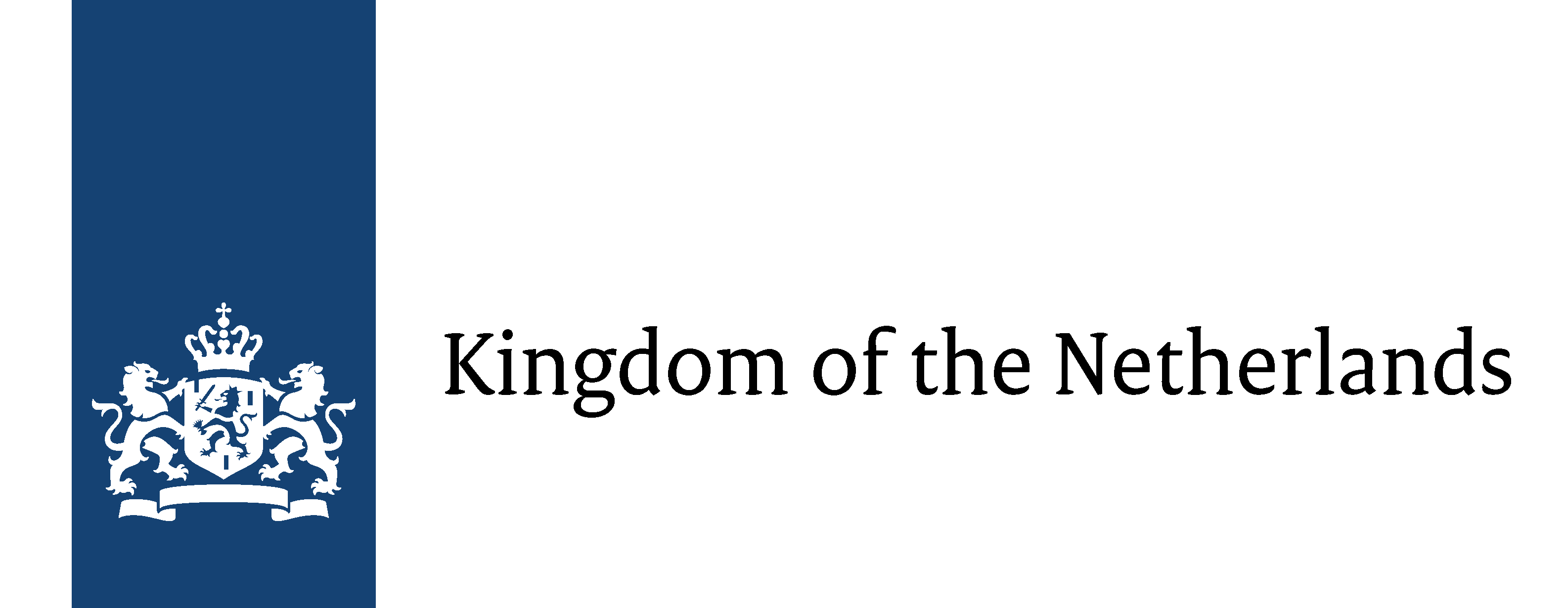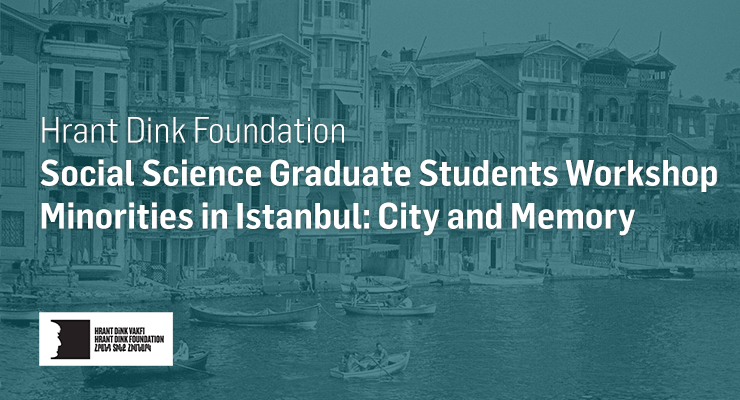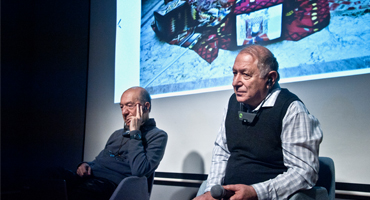Within the scope of the History Program Hrant Dink Foundation, the fourth Social Science Graduate Students Workshop was held on 27 June 2019 at Hrant Dink Foundation, Anarad Hığutyun Building.
These workshops which particularly focus on the Armenian history and culture aim to support the dialogue between researchers by opening master’s and doctoral dissertations up for discussion. In the fourth of these workshops, three master's theses related to the theme of art were analyzed.
First, participants discussed Kevork Tavityan’s postgraduate thesis “Turkish Originated Armenian Composers in Turkish Vocal Music Before and After the Foundation of the Republic”, completed at Mimar Sinan Fine Arts University. When he published his thesis in 1996, Tavityan mentioned the lack of a detailed and helpful source. He argued that the deep jolt in the Ottoman society caused by the Reform (Tanzimat) movements in the second half of the 19th century was also reflected in the music of the era. Elif Damla Yavuz interactively evaluated Tavityan’s thesis, which included examples from the biographies and compositions of many Armenian composers. She stated that this thesis, being the earliest study in its field, is mainly a reaction to the exclusion of ignored and disadvantaged groups. Yavuz also remarked that as the discourse evolves, this reaction has led to a secondary reaction: first “Armenians exist,” and then “Armenians exist, and they differ amongst themselves.” Considering Tavityan’s thesis, Yavuz stated she perceives an emphasis on the traditional music in his studies of Gomidas. During the presentation, music by composers including Dikran Cuhaciyan and Gomidas was played.
Participants then discussed Teni Kiremitciyan’s thesis “The Contribution of Armenian Artists to Cultural Life in Istanbul from the Tanzimat to the Republican Era”, completed last year in the Department of Western and Contemporary Art at Mimar Sinan Fine Arts University. Kiremitciyan explained that he aimed to argue that Armenians were among the main producers of Ottoman culture as it underwent modernization and westernization. He also noted that his thesis constituted a departure from the constructed art history of the last ten years, by emphasizing that the quality and the quantity of these Armenian artists should not be underestimated. Paintings by Armenian painters were displayed throughout the presentation. Arzu Ozturkmen, who evaluated Kiremitciyan’s thesis, asserted that the visual material displayed is crucial in terms of historical ethnography. Ozturkmen also suggested making an exhibition on Armenian palace painters titled “The Sultan from the Eyes of Armenian Painters” in order to pass this heritage on to future generations. Participants asserted that it could be useful to study how this art was categorized.
Finally, participants discussed Arda Can Ozsu’s postgraduate thesis “Non-Muslim Artists During Ottoman and Republican Modernization,” which was completed in 2018 at Haceteppe University. Ozsu stated that he approached many local artists (at first Armenians, Jews, Greeks and later Levantines) from artistic, cultural and intellectual points of view, and that he wrote his thesis from a sociocultural perspective. Ozsu remarked that the Ottoman artist class, dominated by non-Muslims, transformed into a class dominated by Muslims/Turks. Furthermore, Ozsu stated that as a result of the Şişli Workshop, which began in 1917, non-Muslims began to leave artistic communities no longer segregated along religious lines. He pointed to the additional influence of the departure of Ottoman citizens of non-Muslim origin after the Balkan Wars and the Turco-Italian War. The work of many artists was exhibited throughout the presentation, ranging from Seker Ahmet Ali Pasa to Bubi. Seza Sinanlar Uslu, who reviewed Ozsu’s thesis, stated that the thesis, which he considers an archival study, is highly valuable because it has brought new information to light. She remarked that the history of non-Muslims can be read together with that of Muslims.





